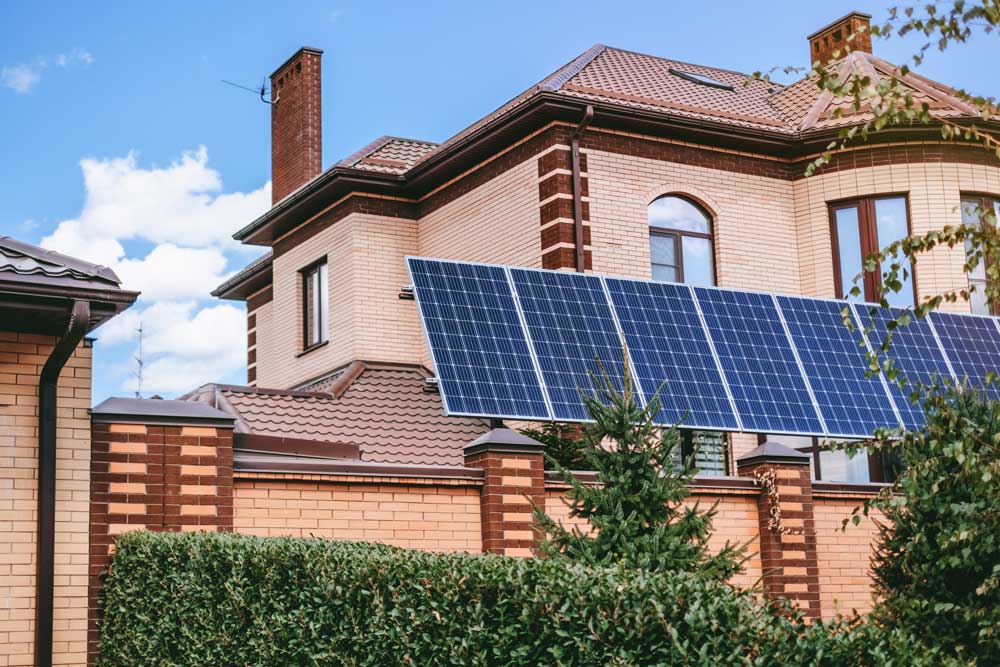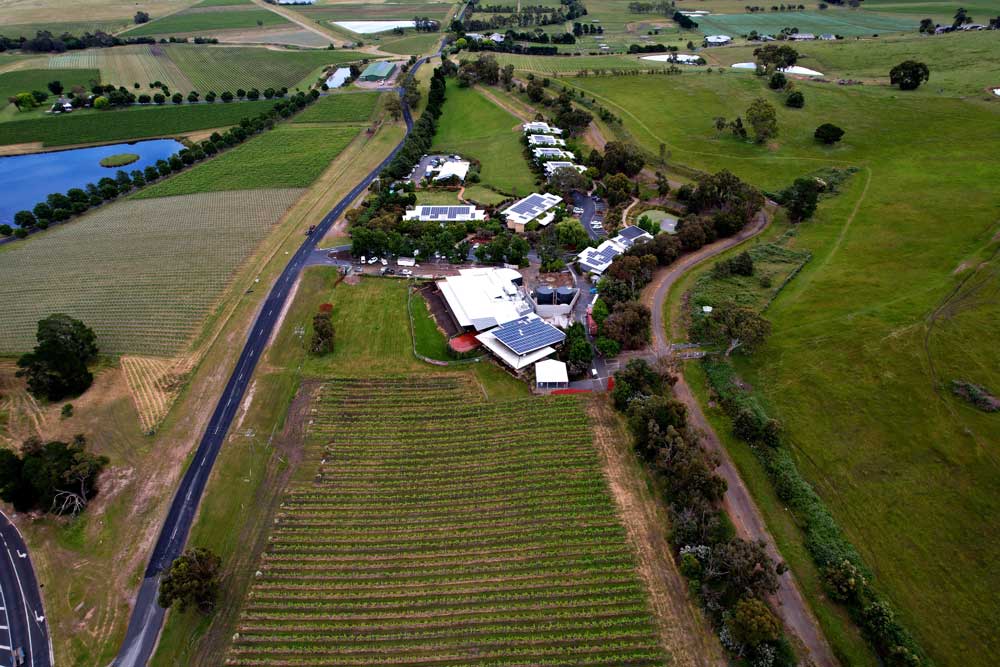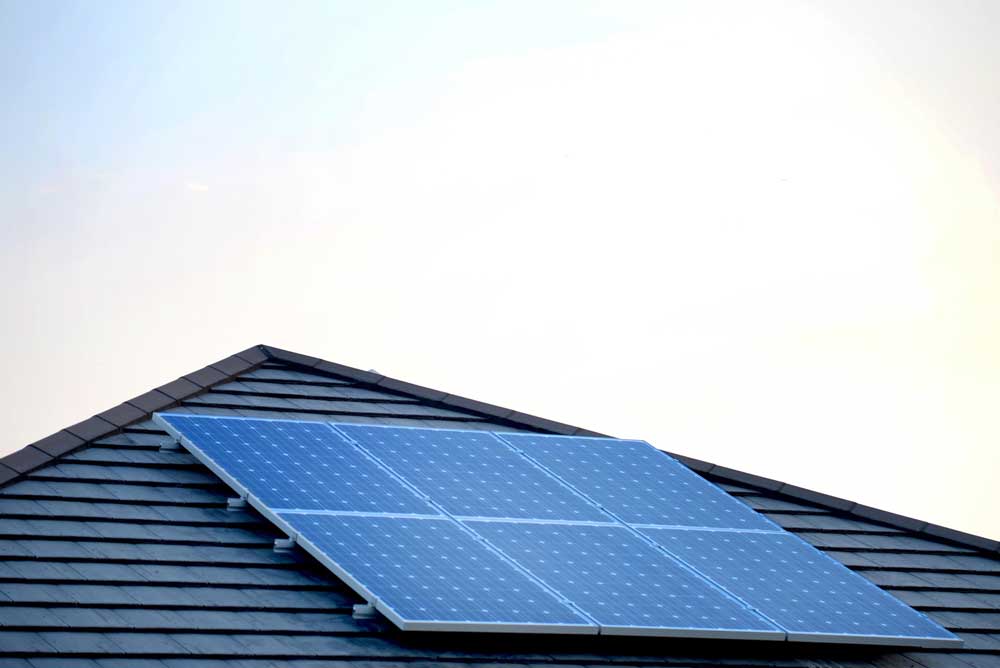The pressing challenges posed by climate change and evolving environmental needs in Australia highlight the critical importance of prioritizing renewable energy sources, specifically solar power. In recent times, there has been a remarkable surge in the adoption of solar energy among Australian households, businesses, and government bodies. This growing acceptance serves as a catalyst for the future growth and advancement of the solar industry, fostering an environment conducive to continuous expansion and innovation.
The embrace of solar energy presents a significant opportunity for Australians to reduce their ecological footprint while simultaneously gaining access to reliable and cost-effective energy for residential, commercial, and transportation purposes. This blog aims to provide a comprehensive analysis of the current state and future prospects of the solar energy industry in Australia, shedding light on its pivotal role in facilitating the transition toward a more sustainable way of life.
ALSO READ: The Benefits of Solar Panels in Australia

Why is solar energy important?
In contrast to fossil fuels, which contribute to air pollution through greenhouse gas emissions, solar energy is a clean and renewable source of power that remains inexhaustible. The sun, our abundant celestial resource, offers an unlimited capacity to radiate energy. However, our ability to harness and utilize the power of the sun is what presents limitations.
Solar power provides a remarkable advantage by allowing the storage of excess energy in batteries, ensuring a continuous supply even during periods when sunlight is unavailable. This feature enables a consistent and reliable power source, reducing dependence on non-renewable energy alternatives.
While the potential of solar energy is boundless, our current technology and infrastructure play a role in defining the extent to which we can fully tap into this resource. Ongoing advancements in solar technology, including more efficient solar panels, improved energy storage systems, and innovative approaches to grid integration, are expanding our ability to harness the sun’s energy more effectively.
Solar Energy In Australia

Australia has faced numerous challenges and made significant strides in its pursuit of solar power. As the sunniest country in the world, Australia has been a pioneer in studying and developing solar energy since the 1950s. The introduction of the first solar water heater caused a sensation and marked a turning point in the nation’s energy landscape.
The oil crisis of 1973 further emphasized the importance of reducing dependence on fossil fuels. With skyrocketing fuel prices and limited energy availability, Australians realised the need to secure their own energy resources instead of relying on other countries. This realisation spurred a surge in the popularity of solar energy.
To this day, the impact of solar energy in Australia remains substantial. As of January 31, 2022, approximately 30 percent of Australian households have embraced roof solar photovoltaic (PV) systems. The benefits of the solar sector have touched the lives of every Australian, providing comfortable homes, clean drinking water, advanced communication networks, and indulgent hot showers.
The success of the renewable energy industry can be measured by the increasing number of buildings installing solar panels. As more structures adopt this technology, the solar sector is poised for continued growth and advancement.
Projected Solar Energy Contribution by 2050 in Australia
As we gaze into the future, one question looms large: How much of Australia’s energy will be derived from solar power by 2050? With the country’s unwavering commitment to renewable energy, including solar, the projections are highly promising.
The Australian government, in alignment with the imperative to combat climate change and reduce greenhouse gas emissions, has set ambitious targets for solar energy adoption. While the exact figure may vary depending on various factors, industry experts and analysts anticipate a substantial increase in solar energy’s share of the country’s energy mix by 2050.
To achieve a cleaner and more sustainable future, numerous initiatives and strategies are being implemented to accelerate the deployment of solar power systems. The Australian Renewable Energy Agency (ARENA), state governments, and private enterprises are actively collaborating to promote solar energy adoption through incentives, policy frameworks, and infrastructure development.
The precise percentage of Australia’s energy that will be sourced from solar power by 2050 is subject to multiple variables, including technological advancements, cost reductions, energy storage capabilities, and changes in energy consumption patterns. However, experts predict a significant expansion in solar capacity, with estimates ranging from 30% to 50% or even higher.
The transition to a solar-powered future will not only contribute to the country’s energy security but also create economic opportunities, job growth, and environmental benefits. By harnessing Australia’s abundant solar resources and capitalizing on advancements in solar technology, the nation is poised to become a global leader in renewable energy.
While the exact figures may still be in flux, one thing is clear: Australia’s energy landscape is set to undergo a profound transformation, with solar power playing a central role in shaping a sustainable and resilient future.
Take control of your energy costs and switch to solar power with an affordable energy retailer today. Get a FREE quote today!








